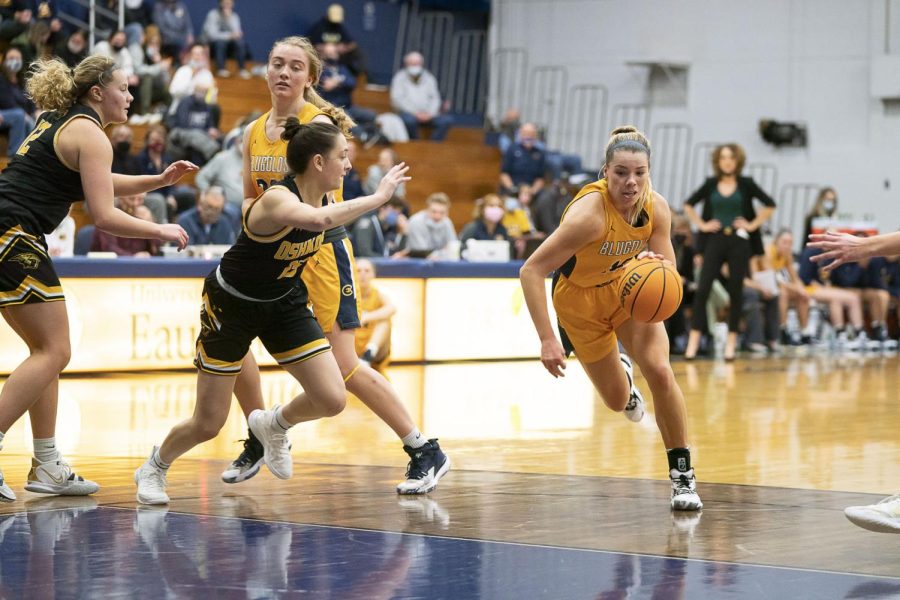I’m going to be honest, don’t laugh: prior to writing this article, I had never dived in my life.
It’s true! Even at my kiddie swimming lessons my mom put my brother and I in as small children, I could never muster the courage to dive headfirst into the pool. What if I landed wrong? What if it hurt? It was too great a risk for my six-year-old self to take.
However, for the sake of journalism (or at least this Rookie’s Guide), I enlisted my friend Kelly and hit up open swim at McPhee Center. McPhee hosts open swim from 12 to 1:30 p.m. and 7 to 10:45 p.m. Monday through Thursday, 12 to 1:30 p.m. Friday, 5 to 7:45 p.m. Saturday and 4 to 10:45 p.m. Sunday.
Kelly was a diver all through high school and loves the sport, so she was happy to teach it. We started on the side of the pool — the one major drawback to open swim is the absence of diving boards; they are only lowered for swim and dive team practice. Because of this setback, I primarily learned form and applied it to dives off of the pool’s edge.
My first dive was just that — my first dive. I raised my upper arms to my ears, flattened my palms together and pointed towards the water, and sort of jumped forward. While this didn’t result in a full-out belly flop, it did create a splash — something, I learned, that divers avoid.
Kelly taught me proper form: arms pressed as tight as possible to the sides of your face, palms stacked together but flat to the water, abdomen pulled up tight, legs straight together, toes pointed.
The goal is to dive directly downward and not travel far from where you hit the water, which in my case meant going as few feet as possible from the wall.
This is accomplished with a “pike turn,” which Kelly also taught me. As you hit the water, curl your upper body inward and keep your legs straight, doing a sort of somersault. A trick to avoid getting gallons of water up your nose: breathe out as you hit the water. I give divers a ton of credit – it’s a lot to remember!
Next we tried the approach, or walking from several feet back from the diving spot and preparing for the dive. It involved a series of feet-and-arm coordination that left me so flustered that I achieved my first real belly flop when I finally did complete the dive, a feat that prompted Kelly to say with a smile, “You’re a real diver now.”
After much trial, error, and coaching from Kelly, I finally got the full dive right — from the multi-step takeoff on the deck tiles to the successful pike turn finish.
Diving is just…fun. It’s gratifying to try a move again and again until you achieve it. And, as my six-year-old self has now finally learned, even if you get it wrong, it’s only water that you’re hitting.





